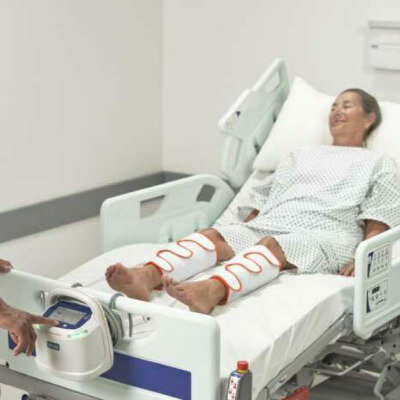Bioactive Foam Scaffold Helps Replace Lost Bone
|
By HospiMedica International staff writers Posted on 19 Apr 2017 |
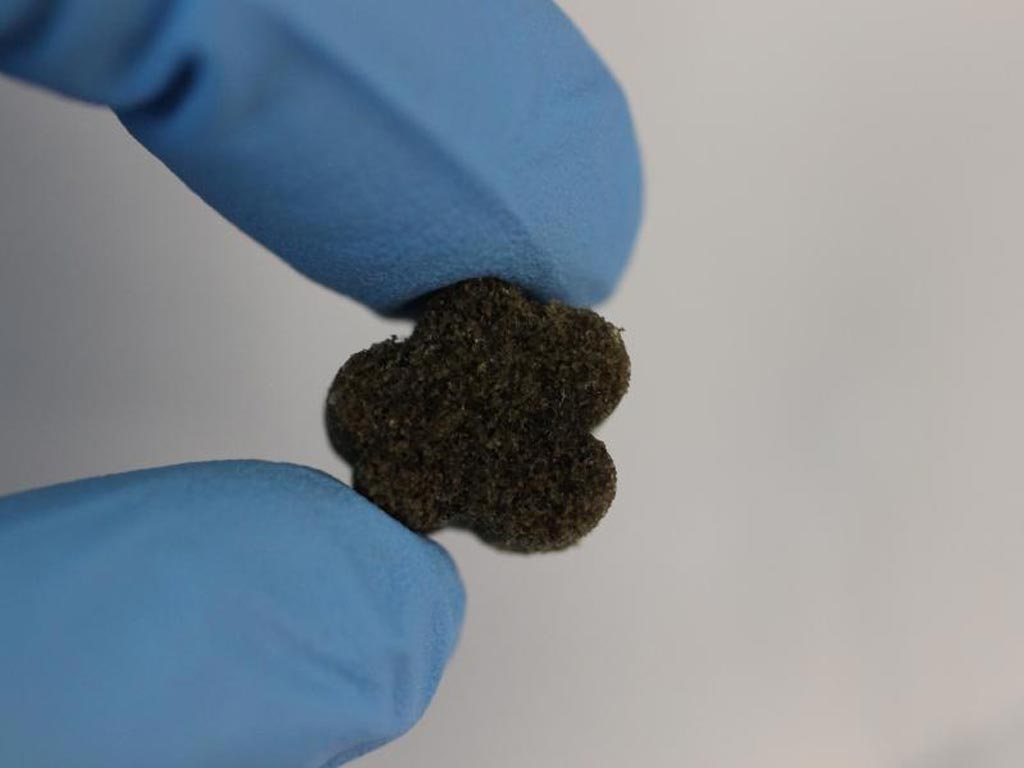
Image: A novel bioactive shape memory polymer could replace missing bone (Photo courtesy of RPI).
Novel malleable bioactive foam can be used to treat craniomaxillofacial osseous gaps in the skull resulting from injury, surgery, or birth defects.
Under development by researchers at the Rensselaer Polytechnic Institute and Texas A&M University, the bioactive foam is based on a shape memory polymer (SMP) made of crosslinked poly(ε-caprolactone) (PCL) diacrylate coated in a bioactive polydopamine. When exposed to warm saline, the foam material becomes pliable, allowing it to be easily shaped to fit irregular defects in the skull.
Subsequent cooling causes the scaffold to lock in its temporary shape within the defect. Once in place, the SMP exhibits an interconnected pore morphology and bioactivity that enhance tissue regeneration, thanks to the polydopamine-coating, which promotes superior bioactivity, osteoblast adhesion and proliferation, osteogenic gene expression, and extracellular matrix (ECM) deposition. The formation of hydroxyapatite naturally regenerates bone that eventually replaces the foam with de-novo bone.
“The approach has a number of advantages, particularly when contrasted with other options under research, such as 3D printing methods,” said professor of biomedical engineering Mariah Hahn, PhD, of RPI. “A moldable bone-promoting scaffold could have broad use if it's successful. It takes advantages of the body's own healing ability, and it's a low-cost, ‘off the shelf’ solution that would not need to be pre-tailored to the individual defect.”
“Rigid bone graft cannot be readily manipulated to fit within the irregularly shaped bone defect. Due to the lack of fit and good contact with neighboring bone tissue, defect healing is compromised. This is like trying to fill in a missing puzzle piece with the wrong piece,” said associate professor of biomedical engineering Melissa Grunlan, PhD, of TAMU. “These bone defects can cause tremendous functional problems and aesthetic issues for individuals, so it was recognized that a better treatment would make a big impact.”
SMPs include foams, scaffolds, meshes, and other polymeric substrates that have the ability to return from a deformed (temporary) state to their original (permanent) shape induced by an external stimulus such as temperature change, an electric or magnetic field, light, or a solution. Similar to polymers in general, SMPs also cover a wide property-range from stable to biodegradable, from soft to hard, and from elastic to rigid, depending on the structural units that constitute the SMP.
Under development by researchers at the Rensselaer Polytechnic Institute and Texas A&M University, the bioactive foam is based on a shape memory polymer (SMP) made of crosslinked poly(ε-caprolactone) (PCL) diacrylate coated in a bioactive polydopamine. When exposed to warm saline, the foam material becomes pliable, allowing it to be easily shaped to fit irregular defects in the skull.
Subsequent cooling causes the scaffold to lock in its temporary shape within the defect. Once in place, the SMP exhibits an interconnected pore morphology and bioactivity that enhance tissue regeneration, thanks to the polydopamine-coating, which promotes superior bioactivity, osteoblast adhesion and proliferation, osteogenic gene expression, and extracellular matrix (ECM) deposition. The formation of hydroxyapatite naturally regenerates bone that eventually replaces the foam with de-novo bone.
“The approach has a number of advantages, particularly when contrasted with other options under research, such as 3D printing methods,” said professor of biomedical engineering Mariah Hahn, PhD, of RPI. “A moldable bone-promoting scaffold could have broad use if it's successful. It takes advantages of the body's own healing ability, and it's a low-cost, ‘off the shelf’ solution that would not need to be pre-tailored to the individual defect.”
“Rigid bone graft cannot be readily manipulated to fit within the irregularly shaped bone defect. Due to the lack of fit and good contact with neighboring bone tissue, defect healing is compromised. This is like trying to fill in a missing puzzle piece with the wrong piece,” said associate professor of biomedical engineering Melissa Grunlan, PhD, of TAMU. “These bone defects can cause tremendous functional problems and aesthetic issues for individuals, so it was recognized that a better treatment would make a big impact.”
SMPs include foams, scaffolds, meshes, and other polymeric substrates that have the ability to return from a deformed (temporary) state to their original (permanent) shape induced by an external stimulus such as temperature change, an electric or magnetic field, light, or a solution. Similar to polymers in general, SMPs also cover a wide property-range from stable to biodegradable, from soft to hard, and from elastic to rigid, depending on the structural units that constitute the SMP.
Latest Surgical Techniques News
- Laparoscopic Surgery Improves Outcomes for Severe Newborn Liver Disease
- Novel Endoscopy Technique Provides Access to Deep Lung Tumors
- New Study Findings Could Halve Number of Stent Procedures
- Breakthrough Surgical Device Redefines Hip Arthroscopy
- Automated System Enables Real-Time "Molecular Pathology" During Cancer Surgery
- Groundbreaking Procedure Combines New Treatments for Liver Tumors
- Ablation Reduces Stroke Risk Associated with Atrial Fibrillation
- Optical Tracking Method Identifies Target Areas in Robot-Assisted Neurosurgery
- General Anesthesia Improves Post-Surgery Outcomes for Acute Stroke Patients
- Drug-Coated Balloons Can Replace Stents Even in Larger Coronary Arteries
- Magnetic Kidney Stone Retrieval Device Outperforms Ureteroscopic Laser Lithotripsy
- Absorbable Skull Device Could Replace Traditional Metal Implants Used After Brain Surgery
- Magic Silicone Liquid Powered Robots Perform MIS in Narrow Cavities
- 'Lab-on-a-Scalpel' Provides Real-Time Surgical Insights for POC Diagnostics in OR
- Biodegradable Brain Implant Prevents Glioblastoma Recurrence
- Tiny 3D Printer Reconstructs Tissues During Vocal Cord Surgery
Channels
Critical Care
view channel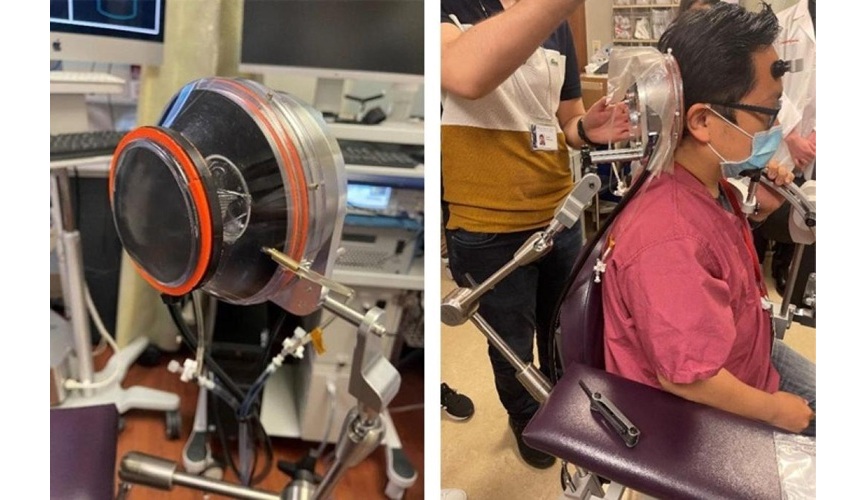
Focused Ultrasound Technique Successfully Treats Pediatric Brain Cancer
Treating brain cancer in children remains one of the most difficult challenges in medicine, largely because most chemotherapy drugs cannot reach tumors deep inside the brain. A key obstacle is the blood-brain... Read more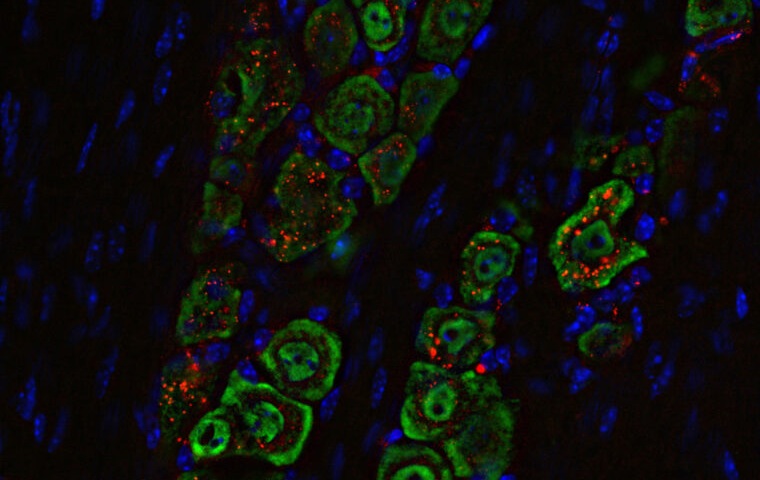
Nasal Drops Fight Brain Tumors Noninvasively
Glioblastoma is one of the most aggressive and fatal brain cancers, progressing rapidly and leaving patients with very limited treatment options. A major challenge has been delivering effective therapies... Read more
AI Helps Optimize Therapy Selection and Dosing for Septic Shock
Septic shock is a life-threatening complication of sepsis and remains a leading cause of hospital deaths worldwide. Patients experience dangerously low blood pressure that can rapidly lead to organ failure,... Read more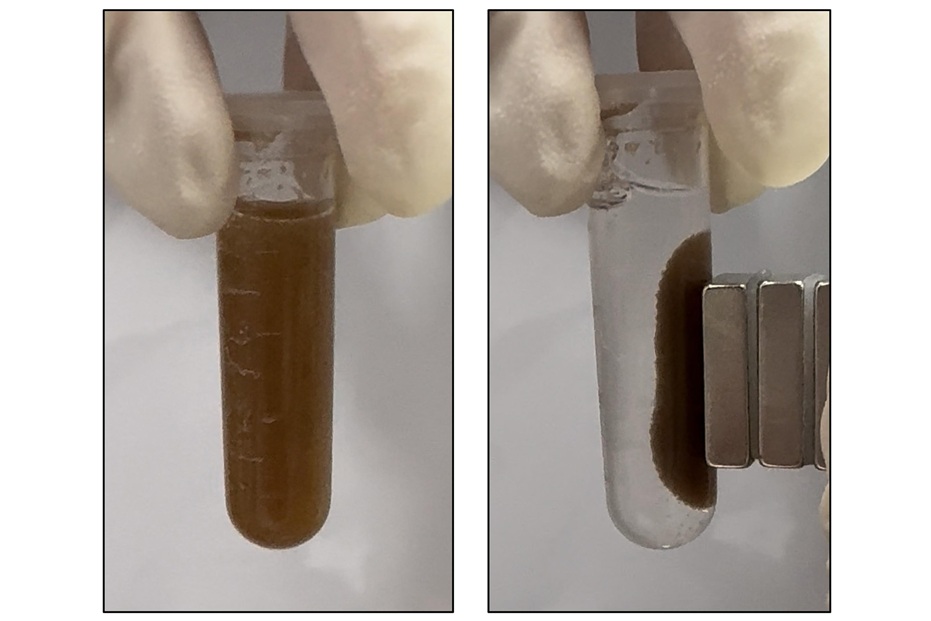
Glowing Bacteria ‘Pills’ for Detecting Gut Diseases Could Eliminate Colonoscopies
Diagnosing gastrointestinal diseases such as colitis and colorectal cancer often relies on colonoscopy, an invasive procedure that many patients avoid despite ongoing symptoms like bleeding, cramping, and diarrhoea.... Read morePatient Care
view channel
Revolutionary Automatic IV-Line Flushing Device to Enhance Infusion Care
More than 80% of in-hospital patients receive intravenous (IV) therapy. Every dose of IV medicine delivered in a small volume (<250 mL) infusion bag should be followed by subsequent flushing to ensure... Read more
VR Training Tool Combats Contamination of Portable Medical Equipment
Healthcare-associated infections (HAIs) impact one in every 31 patients, cause nearly 100,000 deaths each year, and cost USD 28.4 billion in direct medical expenses. Notably, up to 75% of these infections... Read more
Portable Biosensor Platform to Reduce Hospital-Acquired Infections
Approximately 4 million patients in the European Union acquire healthcare-associated infections (HAIs) or nosocomial infections each year, with around 37,000 deaths directly resulting from these infections,... Read moreFirst-Of-Its-Kind Portable Germicidal Light Technology Disinfects High-Touch Clinical Surfaces in Seconds
Reducing healthcare-acquired infections (HAIs) remains a pressing issue within global healthcare systems. In the United States alone, 1.7 million patients contract HAIs annually, leading to approximately... Read moreHealth IT
view channel
EMR-Based Tool Predicts Graft Failure After Kidney Transplant
Kidney transplantation offers patients with end-stage kidney disease longer survival and better quality of life than dialysis, yet graft failure remains a major challenge. Although a successful transplant... Read more
Printable Molecule-Selective Nanoparticles Enable Mass Production of Wearable Biosensors
The future of medicine is likely to focus on the personalization of healthcare—understanding exactly what an individual requires and delivering the appropriate combination of nutrients, metabolites, and... Read moreBusiness
view channel
Philips and Masimo Partner to Advance Patient Monitoring Measurement Technologies
Royal Philips (Amsterdam, Netherlands) and Masimo (Irvine, California, USA) have renewed their multi-year strategic collaboration, combining Philips’ expertise in patient monitoring with Masimo’s noninvasive... Read more
B. Braun Acquires Digital Microsurgery Company True Digital Surgery
The high-end microsurgery market in neurosurgery, spine, and ENT is undergoing a significant transformation. Traditional analog microscopes are giving way to digital exoscopes, which provide improved visualization,... Read more
CMEF 2025 to Promote Holistic and High-Quality Development of Medical and Health Industry
The 92nd China International Medical Equipment Fair (CMEF 2025) Autumn Exhibition is scheduled to be held from September 26 to 29 at the China Import and Export Fair Complex (Canton Fair Complex) in Guangzhou.... Read more








